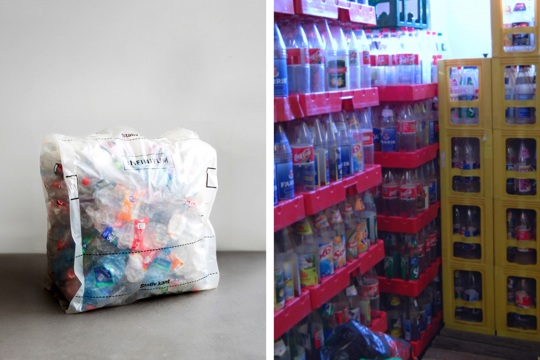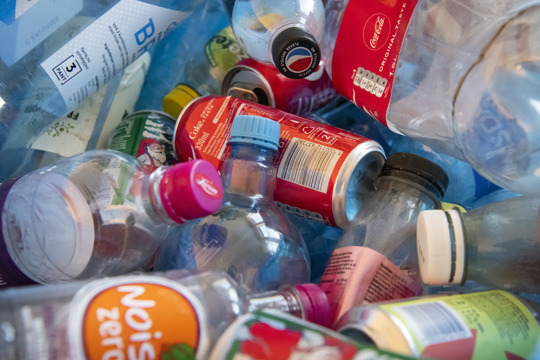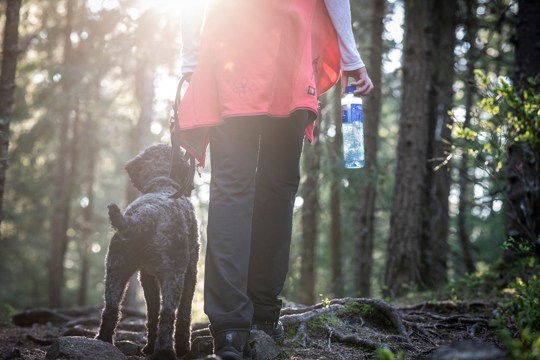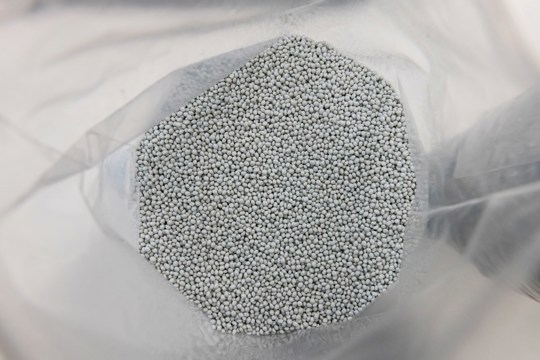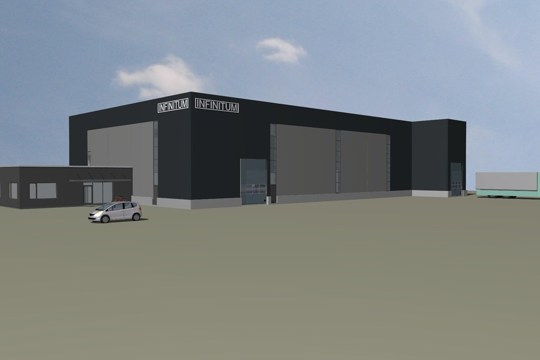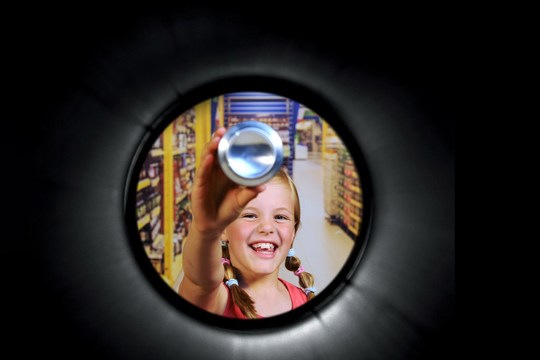The difference may influence taxation, how containers should be collected, municipality obligations, and more. The reason for different legislation is mostly due to the premise that for environmental reasons “reuse is better than recycling”.
Recycling has less impact on the environment
However, this is to an increasing degree no longer true. Innovation in recycling processes has made material recycling more environmentally friendly and will frequently have less negative impact in terms of energy use and CO2 emissions than re-use systems.
Infinitum, who is running the Norwegian DRS and delivers sorted, used PET bottles and aluminium cans to recycling; is of the opinion that the term “reuse” should encompass both the reuse of material (through recycling and remake) and the re-use of the whole beverage container (through washing and refill) in a closed loop system.
Legal barriers
In legal terms, the term “reuse” should be valid for the material used when producing the container as well as the container itself in its original shape. The difference between the two is merely technical:
- Reuse of material: Collection, recycling to new material, use the material to produce container, filling of content.
- Reuse of whole container: Collection, control and washing of the container, filling of content.
Whether the unit being reused in a closed loop is the molecule, or the whole container, does not make much difference.
Furthermore, legislation may differentiate between the two in that reuse systems are termed “containers reused in its original shape”. But this term is also usable for both options: It can be the original physical shape, or the original material-chemical shape. There is little fundamental difference between whether the "shape" referred to is the shape of e.g. the PET molecule, or the shape of a finished blown PET bottle.
Equal treatment is beneficial
Whether the packaging is reused in its original material-chemical or its original physical form, it will have to be processed in different ways before it can be refilled and supplied to the market. We believe that equal treatment for various technical solutions for this processing will be beneficial. It will prevent unfair competition and stimulate the development of new and better resource efficient circular solutions.
By using such an equal definition, one opens for more innovation in solutions for closed bottle-to-bottle loops, which in turn is in line with the principles of circular economy.
We already know that efficiency in collection and recycling has been improved over the last 5-10 years, so that today it most often gives a lower environmental footprint when the technical solution is compaction, material recycling, production of a new bottle and refilling; compared to when the technical solution is collecting whole bottles, sorting, washing and refilling.
It is now time to regard both material- and whole container closed loop systems as re-use systems!


